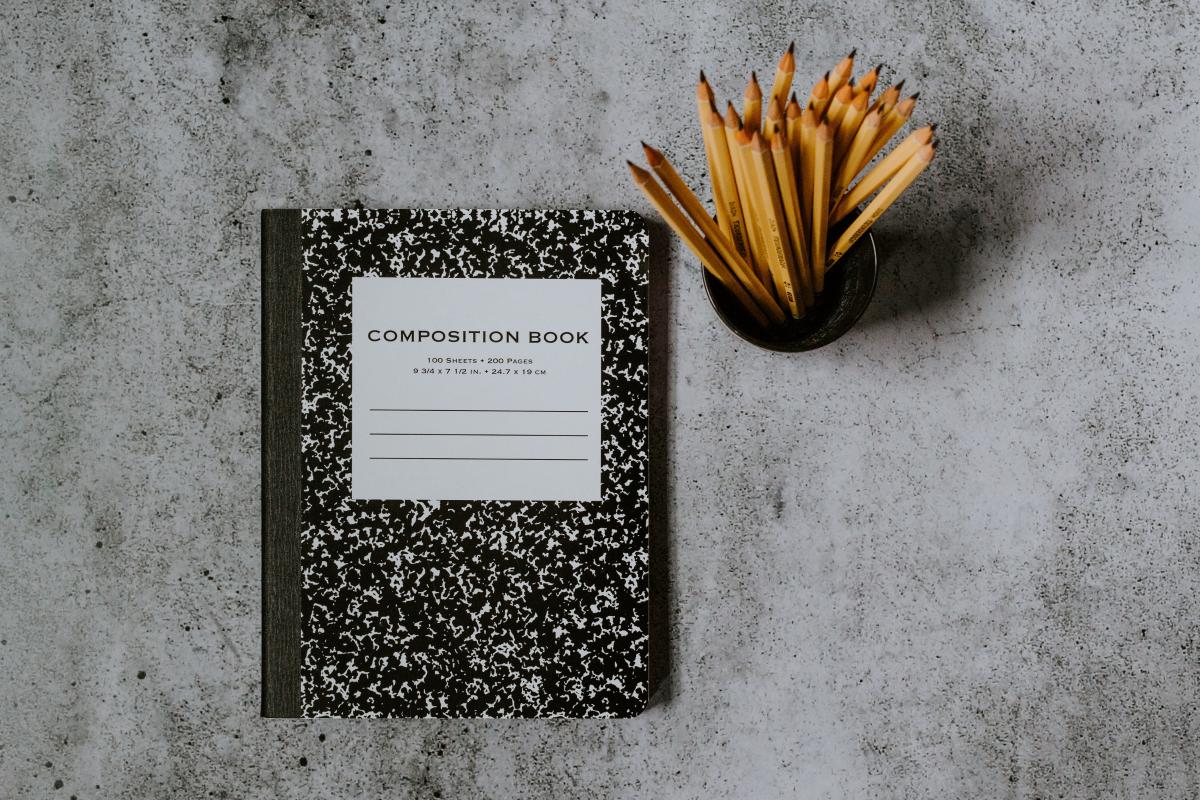 In this pandemic we’ve straddled the worlds of in-person and virtual contact. In-person allows for more meaningful connection, while the virtual world allows us to connect safely, and there’s absolutely no place like the classroom for us to confront this difference.
In this pandemic we’ve straddled the worlds of in-person and virtual contact. In-person allows for more meaningful connection, while the virtual world allows us to connect safely, and there’s absolutely no place like the classroom for us to confront this difference.
Every day I’m in the classroom I notice the limitations of both, but also how much of my work and personality are truly fit for in-person connection. Long story short: I’d rather be in the classroom. But in a time when we still need to keep one another safe, how do you make the most out of teaching virtually?
This article was written after I taught virtually to an in-person classroom. I was called in to the class via Zoom and projected on the board while the students and classroom teacher were together at school. Interestingly, this set up is a little bit of both virtual and in-person. This toolkit of sorts is tailored to that setup.
Sound Set-Up:
First and foremost, if the school has the resources, use a microphone that students can pass around. This was an absolute life saver. Classrooms are full of ambient nose—pencils smacking against desks, papers rustling, side conversations—and the microphones built into computers pick up everything. To make matters worse, these mics are low fidelity. At the beginning of my teaching residencies students would shout out answers and it was impossible to hear them. I can’t describe how heartbreaking it is to ask an excited student over and over again to repeat themselves. You can only say “I’m so sorry, dear, can you repeat that just one more time?” so many times before both you and the student grow discouraged. A microphone mitigates this disheartening back and forth.
Exercises:
Worksheets, worksheets, worksheets. In the age of virtual learning, I’ve had to learn the art of simplified lesson plans. In the past, I could introduce more complex literary techniques through class discussion, group exercises, and literary models (all of which you can still do with enough planning), but since kids can only focus on Zoom for so long my virtual sessions were shortened to forty-five minutes. A forty-five-minute session is very condensed and as such, my introduction of literary techniques had to be as well. Worksheets allowed me to introduce a topic briefly while allowing students to jump into the activity immediately. For example, I introduced metaphor to my class in a few examples and had a fill-in-the-blank worksheet in front of them and all they had to do was fill in, “ ______ is _____, like a ______.”
Another solution: collaboration. This past semester, we wrote several group and partner poems. An all-time favorite partner poem was the exquisite corpse. Partners were motivated to finish their poem and neither the classroom teacher nor I needed to remind the students what the prompt was, to stay on task, or to finish the exercise. Collaborative poems, while energetic and noisy, can sometimes result in less classroom management. This alleviates some of the stress on you and the classroom teacher, and it is always lovely to see students independently motivated.
Role of the Classroom Teacher:
Classroom teachers: teaching artists owe so much to them! Classroom teachers are the support system to any poets-in-the-schools program. While I thought I couldn’t be more grateful, my gratitude grew tenfold this past semester. In being virtual, I had no physical relationship to the classroom. There were many times, from my stationary Zoom position, that I had to ask the classroom teacher to pass out papers, or to call on a student I couldn’t see. They were my arms and legs while I spoke from a projected Zoom screen.
In the virtual format, your reliance on the classroom teacher will increase. Because I had to ask more of them this semester, I tried to make the classroom teachers’ lives as easy as possible. I gave a rundown of lesson plans or put in requests for things I couldn’t do in the classroom ahead of time. This included frantic emails to my classroom teachers asking them to print out worksheets or emails asking if they had markers for a coloring activity. Just think of all the things you’d normally do in the classroom: you’ll most likely need your classroom teacher to do them.
Realistic Expectations:
The last tool is one that my mentors at the Poetry Center had to remind me of several times. Teaching virtually, in whatever form, is a challenge; the pandemic is a challenge; returning to the classroom is a challenge. Adjust your expectations. Not being in the classroom alongside the students, so many of our tools and touch points as teachers are stripped. Our relationships with students, our relationship to teaching, and the students' ability to produce poems has changed. What comes out of your time in the classroom may change.
In any case, it may be a chance to reconsider production. As a teaching artist, I feel pressure to have the students produce poems; and not just that, but creative, unique (a.k.a “good”) poems. It’s uncomfortable for me to admit, but my goal for students and for myself as a writer is largely to write just one good poem. But producing a poem isn’t always feasible (as most of us know all too well) and maybe the goal of producing a poem isn’t always a helpful one. If the pandemic has taught us anything, it’s that sometimes all you can do is try and the act of trying in difficult times is why art, finished or unfinished, is important for us humans anyhow.
Photo by Kelly Sikkema

